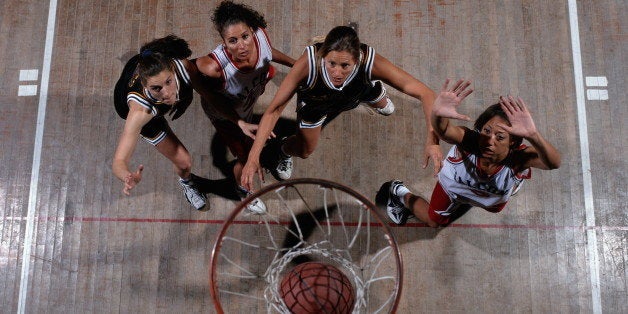
Being a top-tier college athlete could actually put you at a higher risk for physical limitations later in life, according to a new study.
Researchers from Indiana University found that compared with non-athletes, NCAA Division I athletes are more likely to face limitations in daily activities, experience chronic injuries and be diagnosed with osteoarthritis by the time they reach middle age.
"Many of the Division I sports are not lifelong sports, so it is important for the athletes to find sports and activities that can keep them active as they age," study researcher Janet Simon said in a statement. "The most important thing is to stay active. You may have been a former athlete, but unless you stay active your whole life, you may be decreasing your quality of life."
For the study, published in the American Journal of Sports Medicine, researchers had 232 former Division I athletes and 225 non-collegiate athletes, all between the ages of 40 and 65, answer questionnaires about a number of health measures including physical functioning, sleep, anxiety, fatigue, pain and depression. The non-collegiate athletes had participated in recreational, club or intramural sports while in college.
The questionnaires revealed that Division I athletes were more than twice as likely to experience physical limitations later in life than the non-athletes.
A greater proportion of Division I athletes also reported sustaining a major injury (67 percent) or chronic injury (50 percent) compared with the non-athletes (28 percent and 26 percent).
And a greater proportion of Division I athletes reported osteoarthritis (40 percent) after college, compared with the non-athletes (24 percent).
"Sports encourage physical activity, which help promote a healthy lifestyle. Moderate activity and exercise should be encouraged," the researchers wrote in the study. "However, the demands of Division I athletics may result in injuries that linger into adulthood and possibly make participants incapable of staying active as they age, thereby lowering their HRQoL [health-related quality of life]."